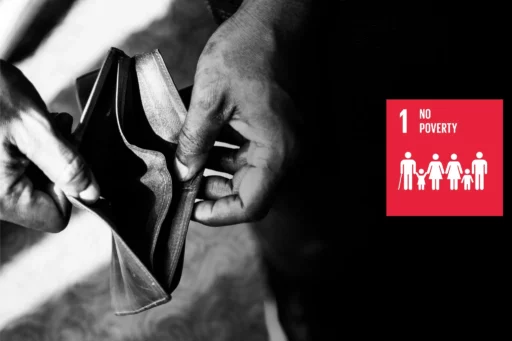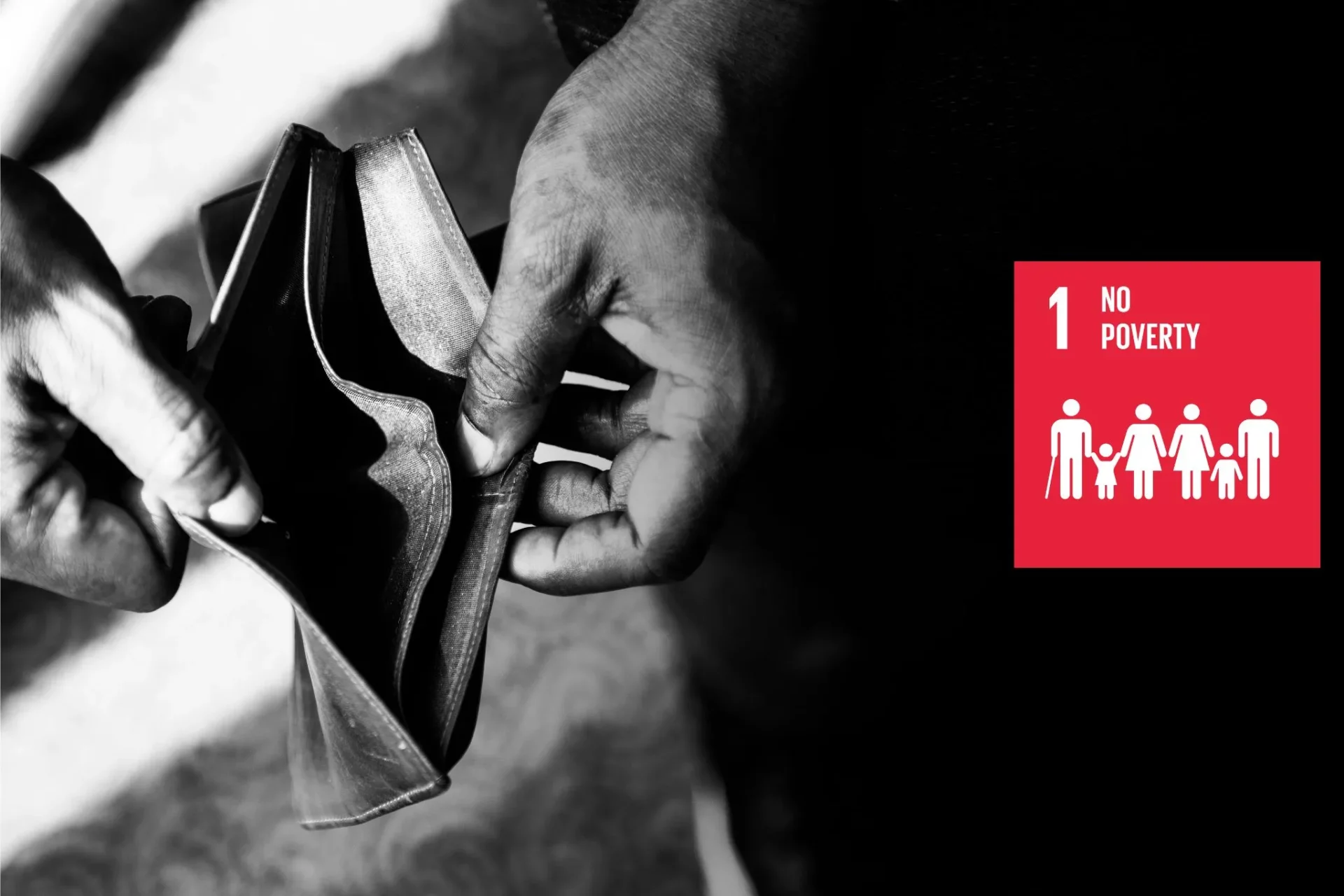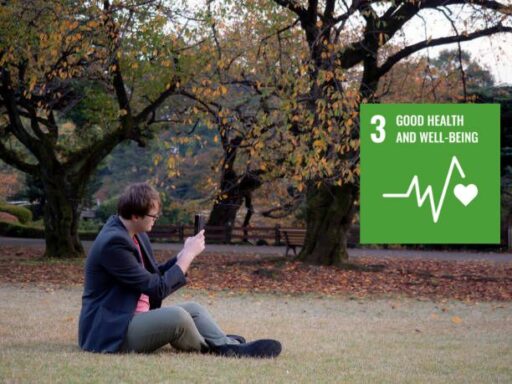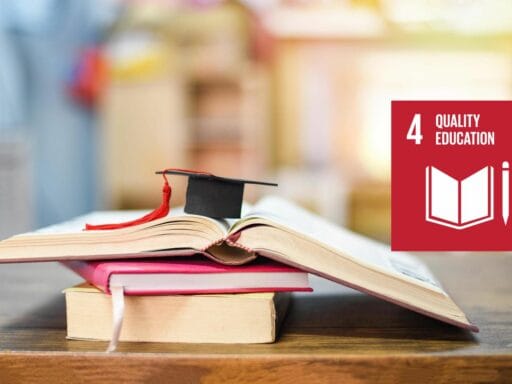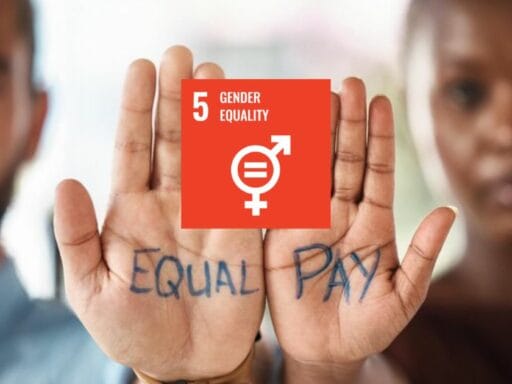The United Nations’ first Sustainable Development Goal (SDG) is No Poverty. This goal seeks to abolish poverty in all forms worldwide by 2030. It is a critical step in creating a fair and equal society in which everyone has access to basic necessities like food, shelter, and education. Poverty is one of the most persistent and severe worldwide issues. The SDG Goal 1 acknowledges that eradicating poverty is not just a moral imperative, but also a necessary basis for sustainable development. This blog will discuss the definition of SDG Goal 1 and its significance. It will also cover tactics for attaining it and how businesses and organizations may help.
Overview
SDG Goal 1 strives to eradicate poverty in all of its manifestations worldwide. It acknowledges that poverty is more than simply a lack of income. It is a multifaceted problem that impacts many elements of life, such as access to services, security, and opportunities. The SDG Goal 1 intends to alleviate poverty on a worldwide scale by concentrating on extreme poverty, specifically for persons living on less than $1.25 per day. This goal’s key aims include securing equal rights to economic resources and providing access to basic services. It also focuses on owning land and property, as well as developing effective policies to assist poor and vulnerable groups.
Importance of SDG Goal: No Poverty
Poverty is the primary cause of many other issues, such as hunger, illiteracy, and inequality. Poverty eradication through SDG Goal 1 can help to achieve several of the other Sustainable Development Goals. Without tackling poverty, attempts to improve health, education, and environmental sustainability may fail to produce long-term effects. For example, disadvantaged populations frequently have restricted access to healthcare and education, limiting their capacity to engage in economic possibilities. Furthermore, addressing poverty promotes resilience to catastrophes, wars, and economic shocks. It encourages peace, stability, and social cohesiveness, allowing people and communities to prosper.
History of SDG Goal 1
The goal of eradicating poverty has been a cornerstone of global development efforts even before the SDGs were introduced in 2015. The MDGs which came before the SDGs, set an aim of halving the number of people living in severe poverty. MDG is stands for Millennium Development Goals. The target year for achieving this goal was 2015. While the MDGs achieved substantial progress, millions of people worldwide continue to live in poverty, needing more action. With the ratification of the 2030 Agenda for Sustainable Development, world leaders reiterated their commitment to eradicating poverty permanently. The SDG Goal 1 builds on the achievement of the MDGs. It sets a more ambitious objective of entirely eliminating extreme poverty by 2030.
SDG Goal 1 Targets and Indicators
To effectively tackle poverty, the United Nations has developed a set of specific targets under SDG Goal 1. These include:
- Eradicate extreme poverty for all people everywhere by 2030.
- Reduce at least by half the proportion of people living in poverty in all its dimensions.
- Implement social protection systems and measures for all, especially the poor and the vulnerable.
- Ensure equal rights to economic resources, as well as access to basic services, ownership, and control over land.
- Build resilience for the poor and those in vulnerable situations to economic, social, and environmental shocks.
Each of these objectives is linked to indicators that assist track progress toward the goal. For example, one statistic measures the proportion of persons living below the international poverty line, while another measures access to social safety services.
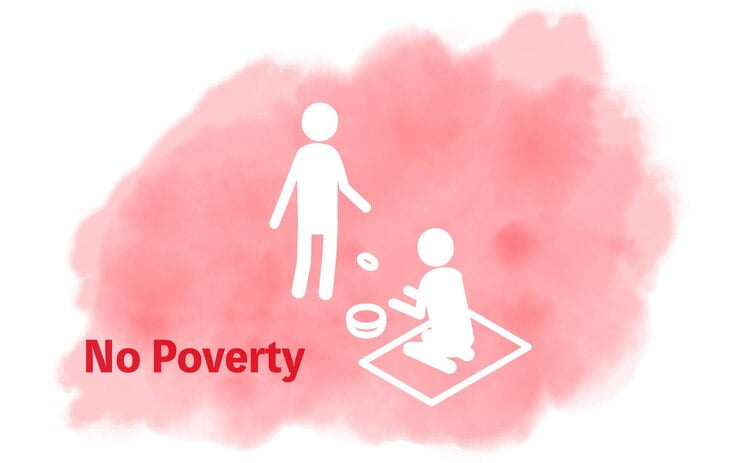
Strategies
Implementing Social Safety Nets: Social protection programs, such as unemployment compensation, healthcare, and pensions, can serve as a safety net for the poor. Countries with robust social protection programs can better safeguard vulnerable citizens during economic downturns and crises.
Investing in Education and Health: Access to decent education and healthcare is essential for breaking the cycle of poverty. Ensuring that every kid has the chance to attend school and receive good healthcare allows them to reach their full potential and overcome poverty.
Supporting Entrepreneurship and Job Creation: Providing financial assistance and business training to low-income people can encourage entrepreneurship and employment creation. Microfinance institutions and financial inclusion efforts play critical roles in enabling the underprivileged to establish and expand companies.
Promoting Access to Technology: Digital transformation has the ability to raise people out of poverty by providing them access to information, financial services, and marketplaces. Governments and businesses may collaborate to improve internet access and make technology more accessible for low-income regions.
Case Studies for Goal 1
Case Study 1: IKEA
IKEA, a global leader in home furnishings, has made substantial contributions to SDG Goal 1: No Poverty by prioritizing social responsibility and environmental sustainability. One of the company’s key projects is the IKEA Social Entrepreneurs program. This program collaborates with social businesses throughout the world to give possibilities for vulnerable and disadvantaged groups to make a life via dignified employment.
IKEA’s Social Entrepreneurs Program was established to encourage partnership with social companies. These companies help people from underprivileged backgrounds, such as rural women, refugees, and those living in impoverished areas. IKEA’s collaborations enable social entrepreneurs to develop their operations by offering access to its global supply chain and market. This leads to the establishment of long-term jobs, skill development, and income production for individuals and communities, all of which help to alleviate poverty.
For example, IKEA partners with Spun, a social company that trains poor women in India in weaving and handicraft. By making things for IKEA, these women attain financial freedom and contribute to the economic well-being of their family and community. Another example is IKEA’s collaboration with the Jordan River Foundation, a social company in Jordan. This partnership employs refugees and local communities by producing handcrafted goods for IKEA’s collections.
Through these activities, IKEA demonstrates how huge businesses can play a critical role in alleviating poverty. They do this by using their resources to help social entrepreneurs and provide market access. By providing individuals with the tools they need to make a living, IKEA not only helps to decrease poverty but also supports local economies, which directly aligns with SDG Goal 1.
Case Study 2: Mastercard
Mastercard is another company that is working to achieve SDG Goal 1: No Poverty by promoting financial inclusion. With over 1.7 billion people worldwide still lacking access to formal financial services, Mastercard has discovered a critical area where it can have a substantial influence. The company’s initiatives to close the financial inclusion gap are helping to empower individuals and small companies. These initiatives provide the financial tools needed to escape poverty and participate in the global economy.
The Mastercard Foundation, one of the company’s cornerstone operations, seeks to promote financial inclusion in Africa. Mastercard collaborates with local governments, non-profit organizations, and microfinance institutions to improve access to loans, savings accounts, and mobile payment systems in underprivileged regions. For example, Mastercard’s collaboration with the Rwandan government has resulted in mobile payment systems. These systems enable small farmers to receive payments for their crops directly through mobile wallets. This innovation reduces the need for cash transactions. Cash transactions are frequently less secure and more difficult for the poor to manage.
In addition, Mastercard’s Mastercard Labs for Financial Inclusion in Nairobi, Kenya, is dedicated to exploring creative digital solutions. These solutions address the financial difficulties that low-income people experience. Mastercard has developed services such as Kionect, a digital platform that enables small shop owners in Kenya to purchase and sell things using their mobile phones, allowing them to expand their companies and boost their revenue.
Mastercard empowers millions of people by giving access to digital financial tools. The company also collaborates with local partners to improve financial situations, attain economic stability, and decrease poverty. This emphasis on financial inclusion is an important contribution to SDG Goal 1. It highlights how digital transformation can be used to promote inclusive growth and combat poverty worldwide.
Practical Tips for Businesses to Support SDG Goal 1
Businesses can play a significant role in advancing SDG Goal 1. Here are some practical tips to integrate poverty reduction into business strategies:
- Promote fair wages: Ensure that workers, both within your company and throughout your supply chain. They are paid fair wages that allow them to meet their basic needs.
- Support local communities: Invest in local communities by providing training, employment, and business opportunities that create sustainable livelihoods.
- Implement inclusive hiring practices: Prioritize hiring individuals from low-income or marginalized backgrounds and provide them with opportunities for growth.
- Partner with social enterprises: Work with social enterprises and non-profits that have a mission to reduce poverty. It could be through job creation or the provision of services to the poor.
- Invest in education and training: Offer educational programs, apprenticeships, and vocational training to empower individuals. These things can be used in impoverished areas with the skills needed to secure jobs.
FAQs
🤔 What is SDG Goal 1?
Answer: DG Goal 1 is the first of the United Nations’ 17 Sustainable Development Goals. It aims to end poverty in all its forms everywhere by 2030.
🤔 How can businesses help achieve SDG Goal 1?
Answer: Companies should promote social entrepreneurs, encourage financial inclusion, pay fair salaries, and give underprivileged people employment opportunities in order to help achieve SDG Goal 1.
🤔 What are the key targets of SDG Goal 1?
Answer: SDG Goal 1’s primary aims include reducing extreme poverty, providing access to economic resources and basic services, and strengthening resilience to economic and environmental shocks.
🤔 Why is eradicating poverty important?
Answer: Because poverty is associated with so many other development concerns, including inequality, health, and education, its eradication is imperative. Building more secure and successful communities is facilitated by reducing poverty.
🤔 How does social protection contribute to poverty reduction?
Answer: Social protection systems provide a safety net for vulnerable populations, protecting them from financial shocks and helping them access essential services like healthcare and education.


